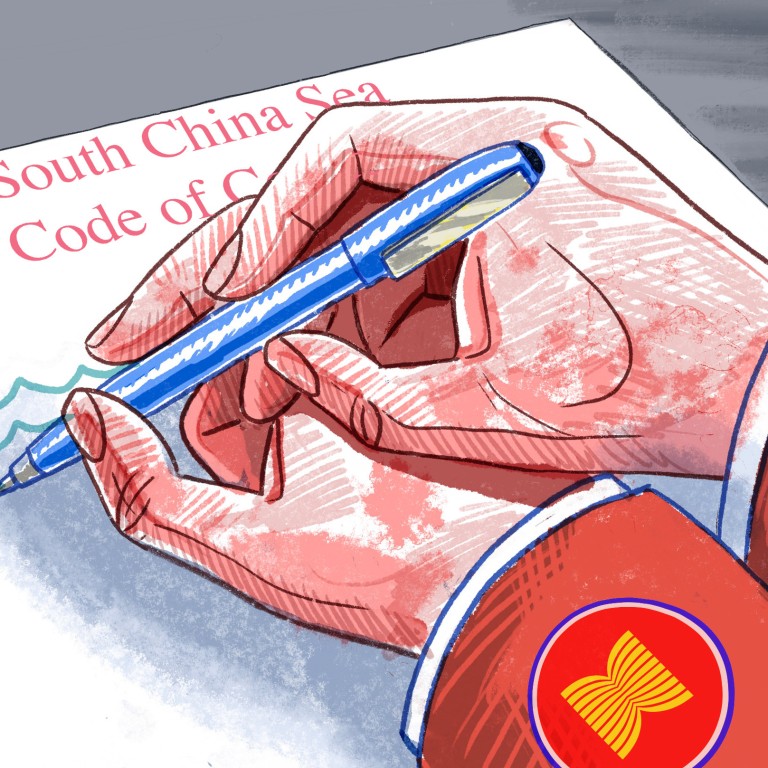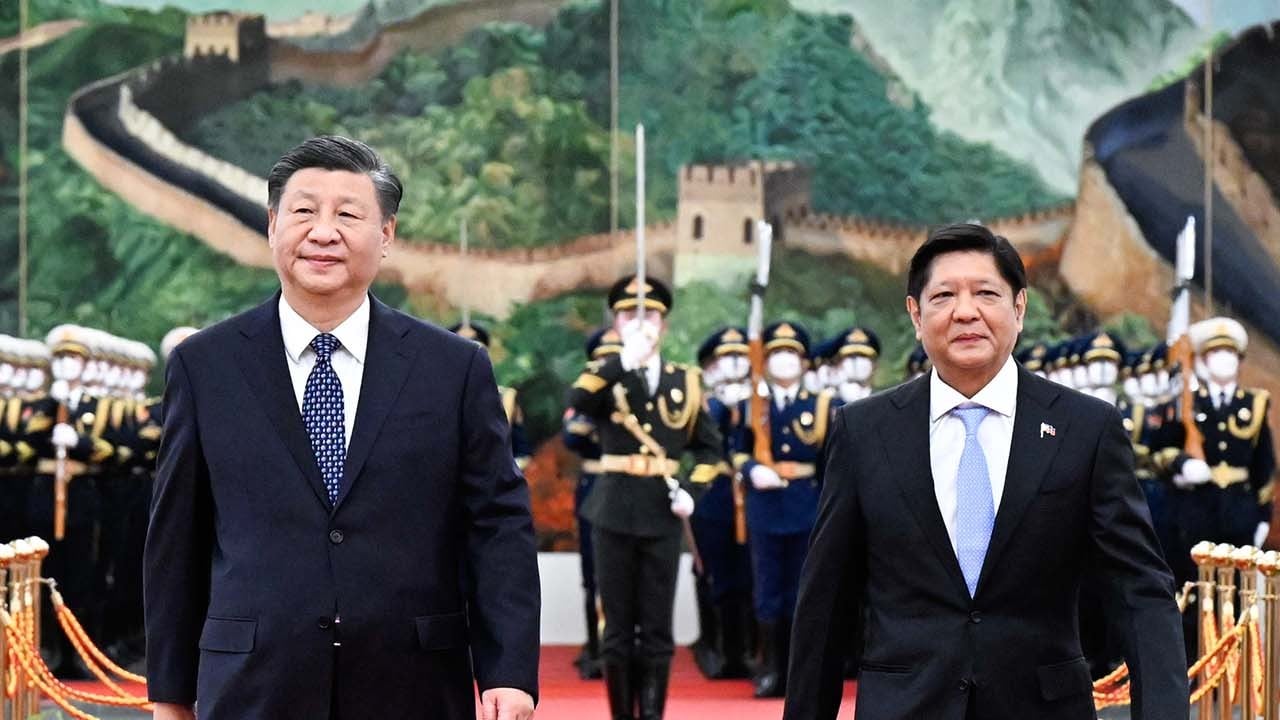
South China Sea: Asean needs to compromise with China to settle protracted code of conduct dispute
- After 20 years of negotiations and growing flare-ups in the disputed waters, the delay has produced more mistrust and arguably benefited powerful parties
- Compromise will break the impasse – and may be the only realistic way for Asean claimants to harvest their resources without Chinese interference
The main issues are the definition of the code’s geographic scope and dispute settlement, and whether it will have the force of law and outside powers can become parties. With enough political will, these difficult issues can be finessed.
This is a large, economically and strategically important area. Neither side is likely to yield on the issue. China says Vietnam is trying to use the Association of Southeast Asian Nations and its negotiations to bolster its claim – and it has a point. It also argues that the Paracels dispute is only between it and Vietnam, and should not be included in an Asean-China agreement.
Yet the geographic scope of the code could be left open to interpretation by using language like “the disputed area in the South China Sea”. This would leave China to argue that its sovereignty over the Paracels is not in dispute – and for Vietnam to argue that it is and therefore covered in the code. As long as other parties stay neutral, the Paracels dispute can thus remain a bilateral issue for China and Vietnam to work out a modus vivendi.
A second area ripe for compromise is in dispute settlement. Whatever third-party process is agreed on, most parties want it to be qualified by mutual consent, which would make the provision less contentious.

As for making the code of conduct legally binding, China and some Asean members are unlikely to agree for fear of losing political manoeuvrability. Given China’s refusal to abide by the 2016 ruling, Asean members also realise that any code of conduct would not be enforceable. At best, it would rely on the opprobrium and threat of sanctions by others and the international community.
China will also oppose opening the agreement for accession by outside countries – like the US, Australia and Japan – because of the opportunity for them to “meddle”. This is a genuine concern as Asean has been divided in the negotiations by pressure from China and the US. Some Asean states may support China on this because they want to limit the influence of the US-China contest on regional affairs.
Some analysts argue that the process is as important as the product. This may have been true in the beginning. But, after more than 20 years without an agreement, the delay has arguably benefited the more powerful parties, like China, because they can and do proceed unilaterally.
Thus, the process has produced more mistrust than progress. Worse, it has become influenced by the China-US struggle for domination of the region. There has been no overt outbreak of hostilities yet but this is more due to the fundamental bonds among Asean parties and the asymmetrical military capacities between the Asean claimants and China.
South China Sea flashpoints are multiplying. What will China do?
Involving all of Asean in the negotiating process is retarding progress because of its mantra requiring a consensus before moving ahead. The lead negotiators should be only the parties to the disputes, in keeping with the 2002 declaration for “negotiations by the parties directly concerned”. Otherwise, opportunities for interference by both China and the US will be increased.
Even a loose code of conduct is better than nothing because it can serve as a guide for proper behaviour. Compromise and ambiguous language can preserve the centrality of Asean in the region’s international political affairs. It would also serve China’s purpose of taking a concrete step towards a new international order in the region. The alternative? Continued near-anarchy, and a “might makes right” approach.
Mark J. Valencia is a non-resident senior research fellow at the Huayang Institute for Maritime Cooperation and Ocean Governance


